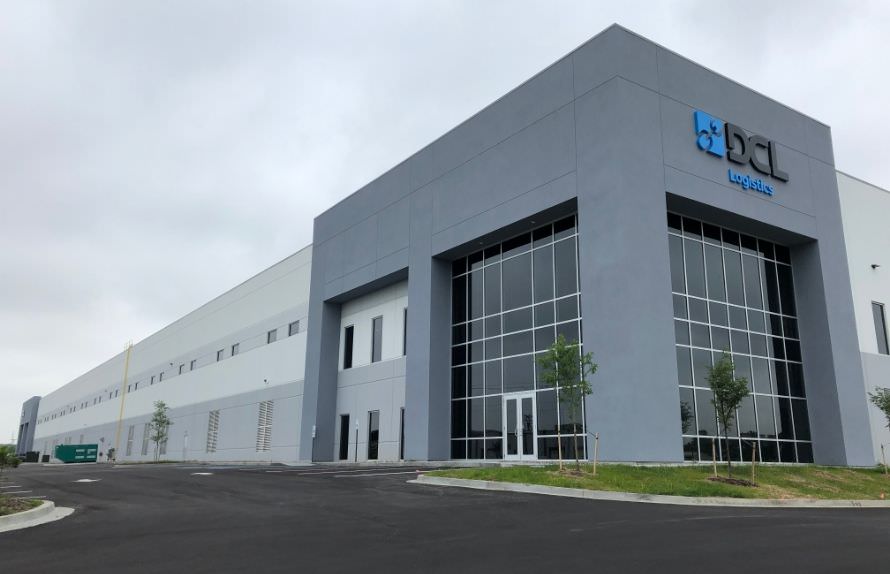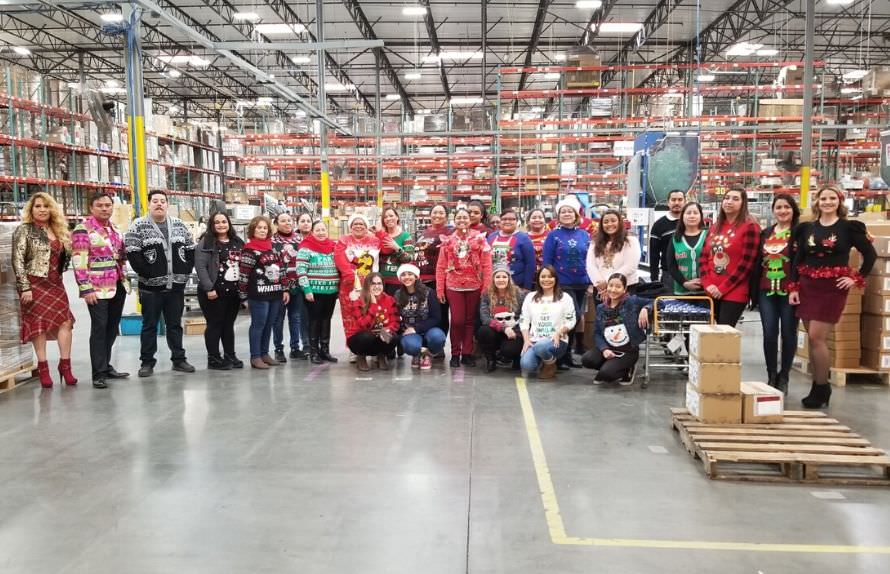
For high-growth ecommerce brands, your warehouse isn’t just a storage facility—it’s the heartbeat of customer experience. Whether you fulfill products in-house, or work with a 3PL to manage your order flow, you should understand how a verify station affects customer satisfaction and order accuracy.
Every order that leaves your building carries your brand’s promise, and a single wrong item can tarnish that promise instantly. Get all the details about what happens at a verify station and how to ensure it is optimized properly.
What is a Verify Station?
A verify station is the final checkpoint in your fulfillment process where picked and packed orders are checked for accuracy before shipment. Think of it as your brand’s last line of defense against mis-ships, missing items, or quality issues. In high-velocity ecommerce environments, the verify station doesn’t just prevent mistakes—it protects your reputation, reduces returns, and keeps customers coming back.
In essence, a verify station answers the question: “Is this order 100% correct and ready to delight the customer?”

How a Verify Station Works in a Modern Ecommerce Warehouse
In a high-efficiency setup, a verify station follows a clear, tech-driven sequence to ensure every shipment is perfect.
- Order Arrival at the Station. Orders arrive from the packing or picking zone—either in totes, bins, or on conveyor belts. Each order is already associated with a unique barcode or RFID tag that links to the order data in the Warehouse Management System (WMS).
- Identification and System Sync. The operator scans the unit, either the barcode, RFID tag, or order label (if a bundle). The WMS instantly pulls up the customer’s order details, including SKUs, quantities, and any special handling notes.
- Item Verification. Using handheld or fixed-mount barcode scanners, the operator scans each product. The WMS confirms that every item matches the order and flags any mismatches in real time. Some modern systems use vision-based AI verification—cameras and machine learning to visually confirm the correct item and quantity without manual scanning.
- Weigh Check. An integrated scale automatically weighs the package. The WMS cross-references this against the expected weight for the order. Discrepancies trigger an alert for recheck.
- Quality and Packaging Review. The operator will add dunnage and apply the correct packaging as described in the work instructions. A quality-focused operation will ensure all verify station operators inspect fragile or high-value items for damage. This is where branding inserts or promo materials are included.
- Approval and Release to Shipping. Once verified, the operator confirms the order in the WMS and sends the boxed units down to the next step of fulfillment: automatic box taping and applying a shipping label. These will be connected to the WMS so that the generated labels match the contents, through an automatic print-and-apply system, especially if they require specialty instructions or labels. The order then moves via conveyor or cart to carrier sorting or outbound staging area.
Why It’s Critical for High-Growth Brands
As order volumes increase, errors can multiply exponentially if unchecked. Without a dedicated verify process, even the most skilled pickers and packers can make mistakes—especially under pressure. A well-implemented verify station:
- Improves order accuracy by eliminating the guesswork by cross-referencing order details in real time.
- Boosts customer satisfaction by ensuring fewer shipping errors mean happier customers and stronger reviews.
- Supports scalability by standardizing the verification processes to replicate as you grow.
- Reduces costs to avoid expensive return shipping, replacement costs, and lost lifetime value.
How to Set Up a Verify Station for Scalability
- Location is Everything. Place your verify station at the natural end of your fulfillment flow—right before orders are handed off to shipping. This minimizes unnecessary handling and keeps traffic flowing in one direction.
- Leverage Technology. A scalable verify station isn’t just a table and a checklist. Integrate barcode scanners, RFID readers, or pick-to-light systems that connect directly to your WMS (Warehouse Management System). Automating the verification step reduces human error and speeds up processing.
- Design for Ergonomics and Speed. Operators should have everything within easy reach—scanner, monitor, packing materials, and scales. A poorly designed station slows down your throughput and tires your team.
- Standardize the Process. Develop a clear SOP (Standard Operating Procedure) for verification. Whether it’s scanning each SKU or visually inspecting fragile items, the method should be consistent, measurable, and easy to teach to new hires.
- Quality Over Speed—Until Speed is Reliable. When scaling, it’s tempting to push for faster turnaround. However, train your team to prioritize accuracy first. Once your verification process is airtight, you can safely increase speed without risking quality.
- Monitor and Iterate. Track key metrics—error rates, average verification time, and repeat issues. Use this data to fine-tune station layout, technology, and training.
Bottom Line
A verify station isn’t a “nice-to-have” for high-growth ecommerce—it’s a foundational piece of infrastructure. By investing in a well-designed, tech-enabled verification process early, you build a system that grows with your brand, safeguards your reputation, and delivers on your customer promise every single time.
In ecommerce, speed wins customers. Accuracy keeps them. A strong verify station ensures you get both.








